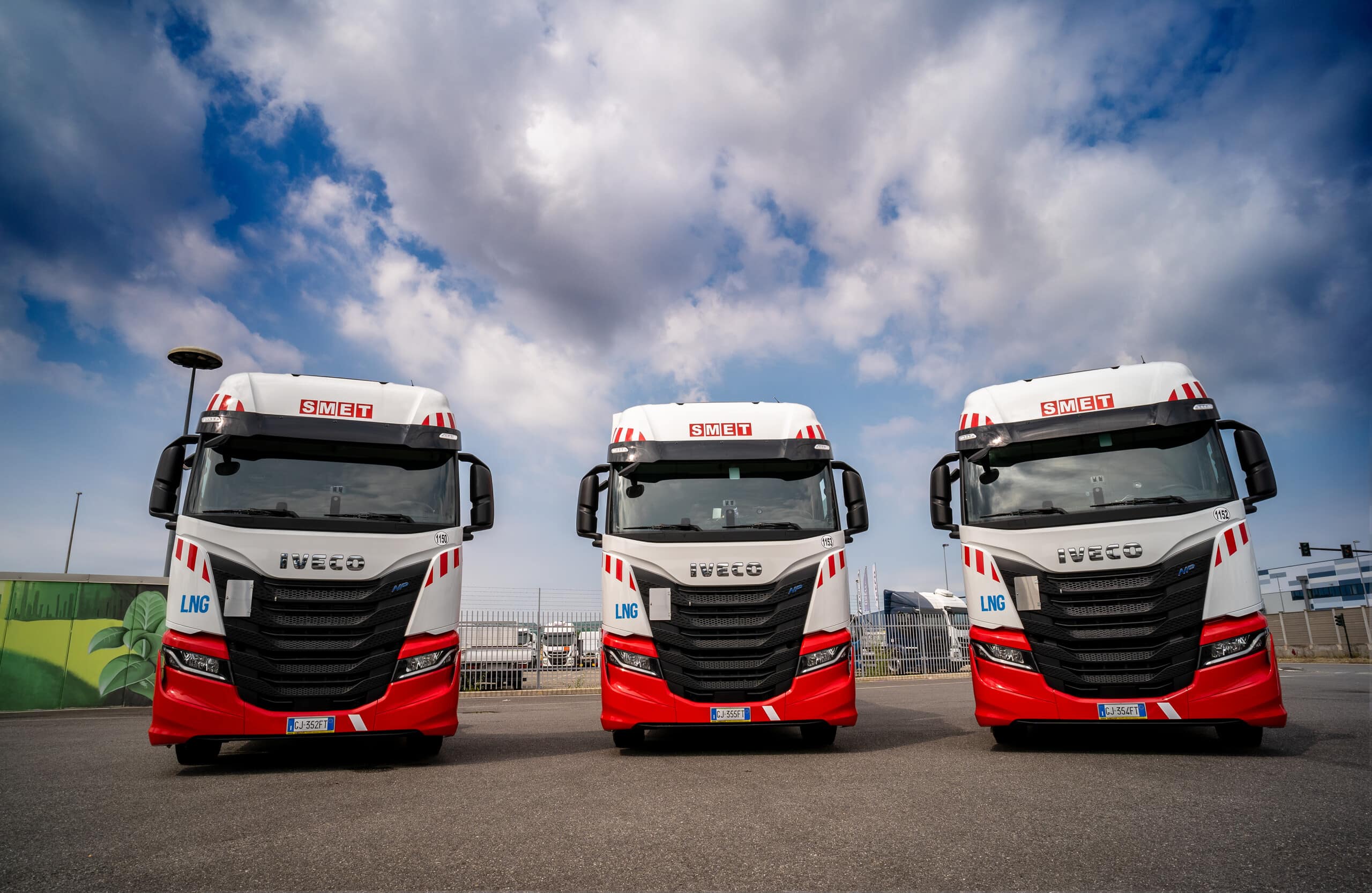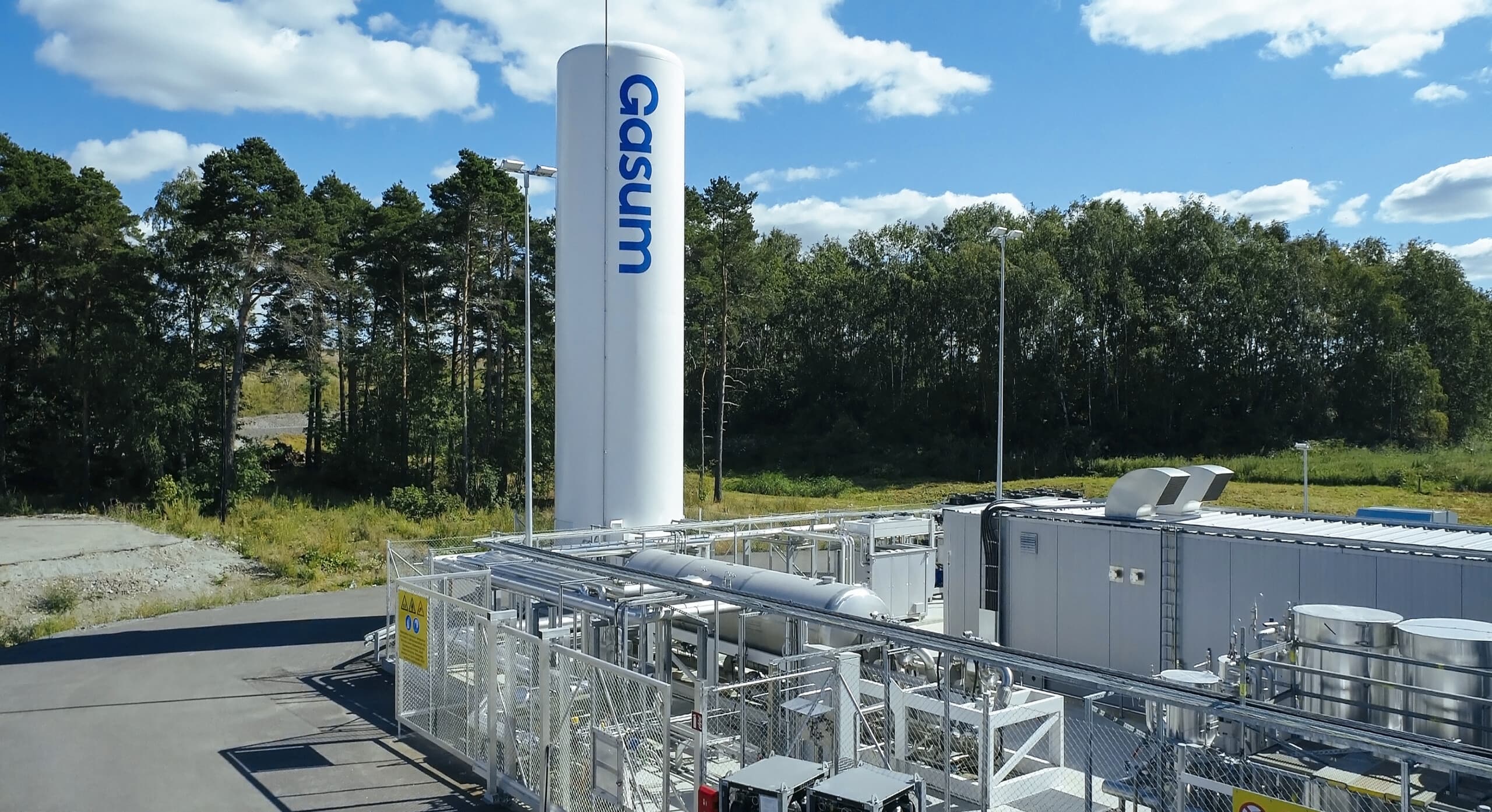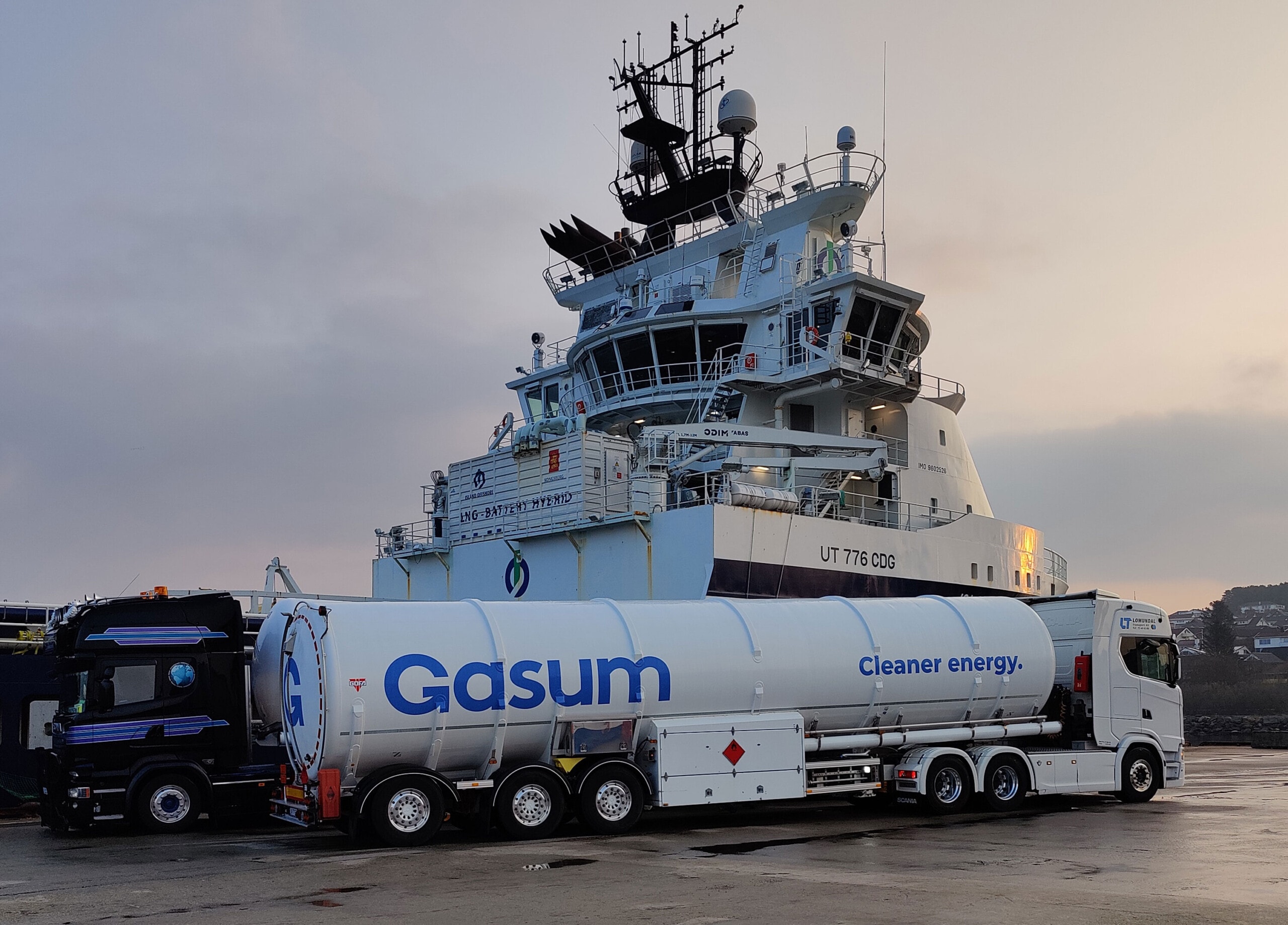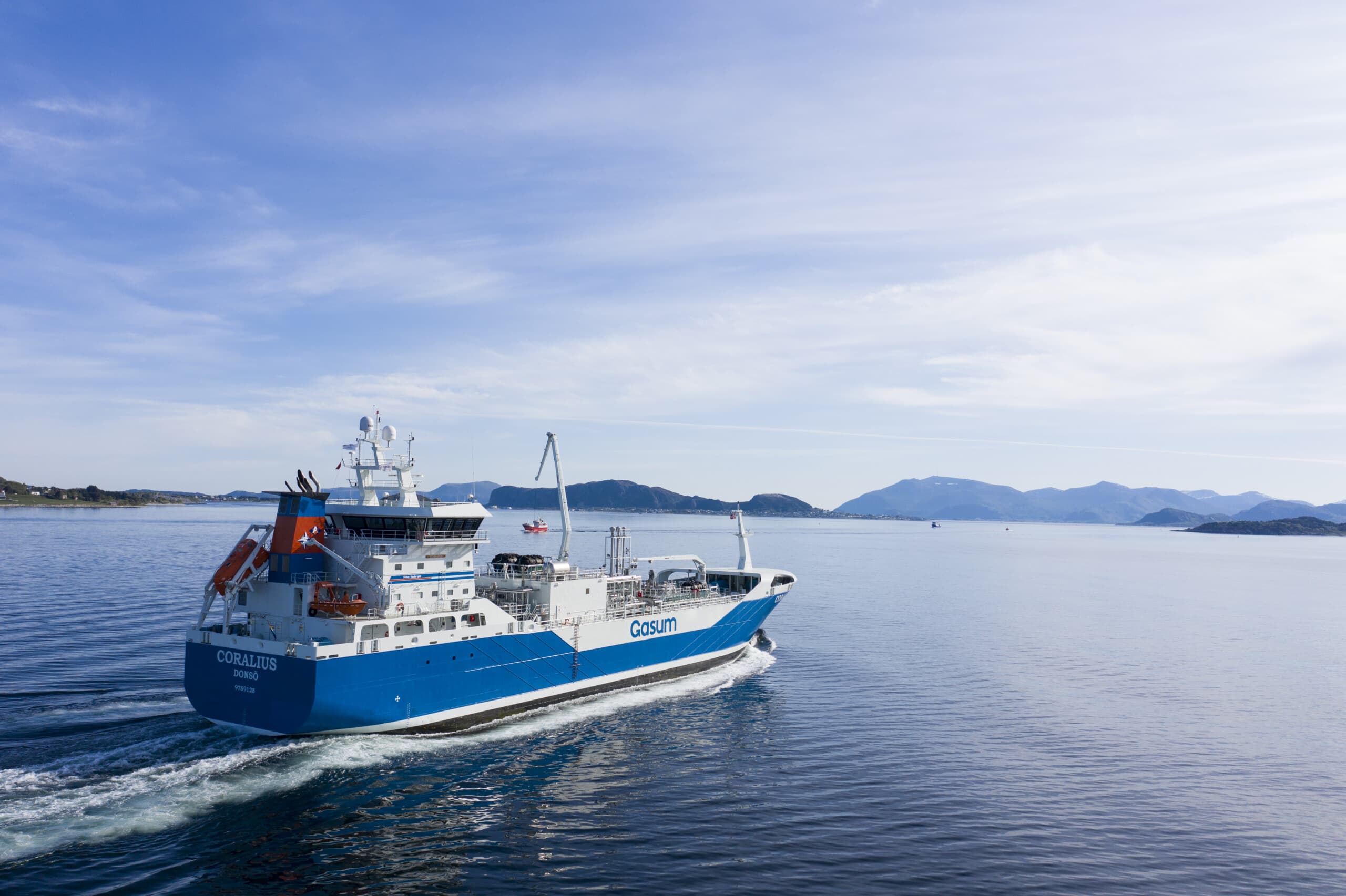Portal for more climate-friendly mobility

Bio-LNG helps Europe get there
Liquefied biogas (Bio-LNG) could reduce greenhouse gas emissions in the transport sector in Europe by 95 to 174 percent by 2050, depending on the scenario.
 The Italian Smet Group also invested in more sustainability in 2022 and purchased 40 new Iveco vehicles with LNG propulsion. Source: Smet/Iveco
The Italian Smet Group also invested in more sustainability in 2022 and purchased 40 new Iveco vehicles with LNG propulsion. Source: Smet/Iveco
According to the European Environment Agency, transport is responsible for 27 percent of total greenhouse gas emissions in Europe and thus has a significant impact on climate change. The European Commission recently set a target to increase the share of renewable energy in transport to at least 14 percent by 2030, including a minimum 3.5 percent share of advanced biofuels.
For the EU, biofuels are liquid or gaseous fuels such as biodiesel, bioethanol or even biogas and bio-LNG produced from biomass. Biogas – gaseous or liquefied – offers a sustainable and readily available alternative to conventional fossil fuels as a fuel in the transport sector (on land and water). This renewable fuel, which is unfortunately too often underestimated, is available on a large scale and can be easily used thanks to the existing infrastructure. And not just for trucks, but also easily in shipping, which, according to EU legislation, must also achieve a 75 percent reduction in greenhouse gas emissions by 2050.
 An LBG/bio-LNG plant of the Nordic energy specialist Gasum in Turku. Source: Gasum
An LBG/bio-LNG plant of the Nordic energy specialist Gasum in Turku. Source: Gasum
“Bio-LNG is the most readily available solution for decarbonizing transport in Europe, especially for heavy-duty vehicles and shipping,” explains Floris Goedhart of the European Biogas Association (EBA). In his study, the young researcher shows how promising the use of bio-LNG can be. His research shows that bio-LNG production could be between 46 and 405 TWh by 2050. This could give bio-LNG a market share of at least 57 percent in heavy-duty vehicles and 17 percent in the maritime sector. “Unlike other renewable alternatives, bio-LNG can also benefit from existing LNG infrastructure,” Goedhart explains.

Jacob Granqvist, Vice President Maritime at Finnish energy specialist Gasum, agrees: “If we want to combat climate change, emissions from the use of conventional fuels such as heavy fuel oil in shipping must be reduced.” LNG is becoming increasingly popular as a cost-effective alternative for ships, he says, as it is a safe and proven technology that offers higher energy content and lower operating and maintenance costs. Granqvist explains, “LNG propulsion is suitable for all types of vessels, including ferries, passenger ships, tankers, bulk carriers, supply and container ships.”
 Whether in the transport sector or even in shipping, LNG is becoming increasingly popular as a fuel. The great advantage of LNG is that it can easily be supplemented or replaced with sustainable bio-LNG/LBG. Source: Gasum
Whether in the transport sector or even in shipping, LNG is becoming increasingly popular as a fuel. The great advantage of LNG is that it can easily be supplemented or replaced with sustainable bio-LNG/LBG. Source: Gasum
But the Finnish shipping and energy expert sees the biggest advantage in the fact that “LNG as a fuel is interchangeable with renewable liquefied biogas, or bio-LNG. The two gases can also be mixed.” Jacob Granqvist adds, “The use of LNG and bio-LNG is one of the concrete measures that will move us toward a low-carbon society of the future.”
Fortunately, many other experts and companies also see it this way, because according to the EBA’s 2022 statistics report, the number of production facilities for bio-LNG is currently increasing massively, as is their capacity. At the end of 2021, there were 15 active bio-LNG plants in Europe, and by 2025 there will be 100 bio-LNG projects, bringing the total production capacity to 12.4 TWh per year. Incidentally, for the shipping industry, Gasum has specially compiled a guide, “Liquefied Petroleum Gas for Clean Maritime Transport”, which highlights which regulations, market requirements, and trends to consider when decarbonizing. (pd/jas, December 29, 2022)
 Gasum’s LNG bunkering vessel Coralius performed its 500th LNG bunkering in Gothenburg, Sweden, in December 2022. Source: Gasum
Gasum’s LNG bunkering vessel Coralius performed its 500th LNG bunkering in Gothenburg, Sweden, in December 2022. Source: Gasum
You might also be interested in

Shell Starship on record hunt
